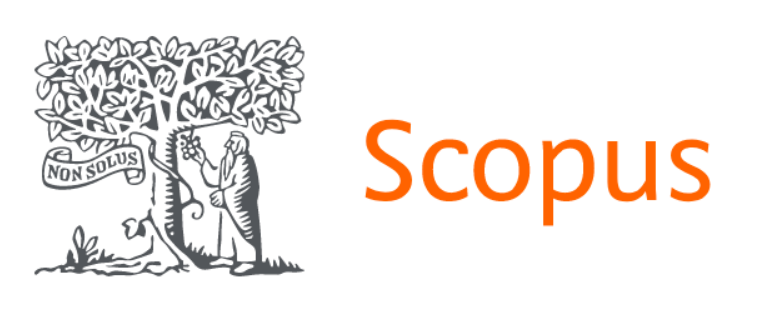ENHANCING STUDENTS’ ENGLISH LANGUAGE LEARNING THROUGH LINGUA-DIDACTICS IN THE CREDIT-MODULE SYSTEM OF HIGHER EDUCATION
DOI:
https://doi.org/10.18623/rvd.v22.n4.3746Keywords:
Lingua-Didactics, Credit-Module System, Higher Education, English Language Learning, Communicative Competence, Modular InstructionAbstract
This study investigates how integrating lingua-didactic principles into the credit-module system can enhance English language learning in higher education. As universities shift toward more student-centered and flexible academic models, there is a growing need for teaching strategies that promote autonomous learning, communicative competence, and overall academic achievement. The research focuses on the application of lingua-didactic methods such as blended learning, task-based instruction, and digital integration and examines how these approaches align with the structure of modular education. A mixed-methods approach was used, including a survey of 120 students and in-depth interviews with 20 English language instructors. The findings reveal that incorporating lingua-didactic strategies leads to improved learner engagement, stronger vocabulary development, and increased confidence in language use. Based on the results, the study recommends institutionalizing lingua-didactic training for educators and expanding access to digital instructional tools within modular frameworks.
References
[1] Council of Europe. (2001). Common European Framework of Reference for Languages: Learning, Teaching, Assessment. Cambridge University Press.
A foundational framework that supports modular and level-based language learning, widely used in European and international contexts.
[2] Little, D. (2007). Language learner autonomy: Some fundamental considerations revisited. Innovation in Language Learning and Teaching, 1(1), 14–29. https://doi.org/10.2167/illt040.0
Explores the relationship between learner autonomy and language competence, aligning well with student-centered modular systems.
[3] Nguyen, S., & Anderson, M. (2022). Innovations in language teaching in modular learning environments. Teaching and Teacher Education, 109, 103597. https://doi.org/10.1016/j.tate.2021.103597
Discusses digital and task-based innovations that support language learning within modular frameworks.
[4] Richards, J. C., & Rodgers, T. S. (2014). Approaches and methods in language teaching (3rd ed.). Cambridge University Press.
A comprehensive guide to language teaching methodologies, including communicative and task-based approaches relevant to lingua-didactics.
[5] Oxford, R. L. (2017). Teaching and researching language learning strategies: Self-regulation in context (2nd ed.). Routledge. https://doi.org/10.4324/9781315719144
Provides insights into strategy-based instruction and learner self-regulation, essential for autonomy in modular education.
[6] Benson, P. (2011). Teaching and researching autonomy in language learning
(2nd ed.). Routledge. An in-depth examination of autonomy and its pedagogical implications, especially within flexible and credit-based systems.
[7] Nation, I. S. P., & Macalister, J. (2010). Language curriculum design. Routledge.
A practical guide for developing curricula that align with modular structures and integrate various lingua-didactic approaches.
[8] Dudeney, G., Hockly, N., & Pegrum, M. (2013). Digital literacies: Research and resources in language teaching. Pearson Education.
Explores how digital tools support language learning and how they can be incorporated into modular, blended teaching models.
Downloads
Published
How to Cite
Issue
Section
License
I (we) submit this article which is original and unpublished, of my (our) own authorship, to the evaluation of the Veredas do Direito Journal, and agree that the related copyrights will become exclusive property of the Journal, being prohibited any partial or total copy in any other part or other printed or online communication vehicle dissociated from the Veredas do Direito Journal, without the necessary and prior authorization that should be requested in writing to Editor in Chief. I (we) also declare that there is no conflict of interest between the articles theme, the author (s) and enterprises, institutions or individuals.
I (we) recognize that the Veredas do Direito Journal is licensed under a CREATIVE COMMONS LICENSE.
Licença Creative Commons Attribution 3.0







